Steel is undoubtedly one of the most popular and commonly used materials in the world. It is used in construction, automotive, commercial catering and even medicine. However, not all steel is the same, and not all grades are suitable for metal structures or kitchen use. There are many types of steel and each one is used for something else. Learn more about the types and applications of steel in this article.
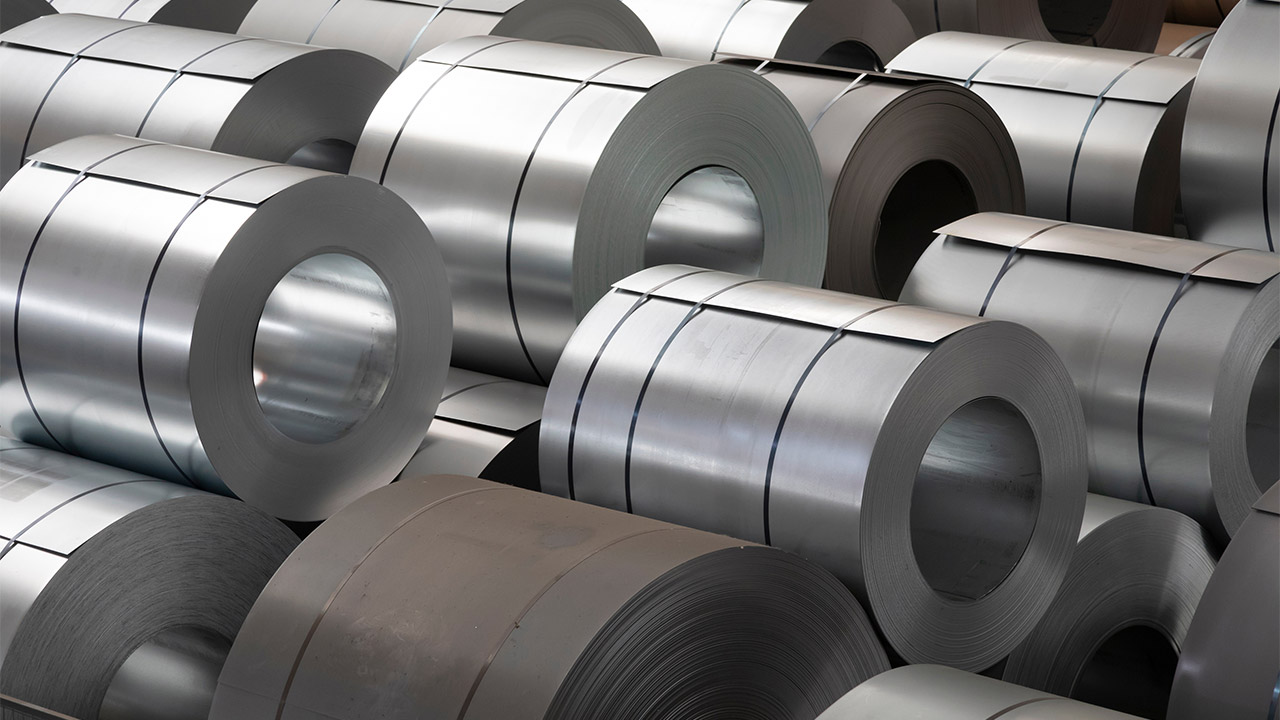
Steel is undoubtedly one of the most popular and commonly used materials in the world. It is used in construction, automotive, commercial catering and even medicine. However, not all steel is the same, and not all grades are suitable for metal structures or kitchen use. There are many types of steel and each one is used for something else. Learn more about the types and applications of steel in this article.
- What is steel and how is it made?
- Mechanical and technological properties of steel
- What are the different types of steel?
- Unalloyed steels
- Alloy steel
- Classification of steel due to its application
- Steel designation system. So how can you recognise the steel grade?
- There are as many types of steel as there are manufacturing methods
What is steel and how is it made?
Despite its popularity, not many people really know how steel differs from other metals. Steel is an alloy of iron and carbon. As a general definition, the iron should constitute the vast majority of the mixture, and carbon should not exceed 2.11%. If it has a higher carbon content, then we call it cast iron. Steel also includes other metals, elements or non-metallic inclusions that may affect its properties. Read on to find out more.
Steel is usually made in two ways – in a blast furnace and an electric arc furnace. The blast furnace uses coke, iron ore and limestone to produce pig iron. As the oven is heated, the coal begins to melt so most of the volatile matter such as oil, tar, hydrogen, nitrogen and sulfur are removed. The mixture is then cast and, for example, rolled to obtain steel products such as bars, sheets or pipes. The electric arc furnace method is based on the use of recycled scrap steel. It is melted with the help of electricity flowing between the charged material and the electrodes. Due to the high durability of the steel, the amount of scrap that can be processed in arc furnaces is relatively small. For this reason the blast furnace method is more popular.
Mechanical and technological properties of steel
Like any material, steel also has various parameters that are important for specific industries. In this chapter we will focus on the features relevant to construction, as these include the most important points. These are:
- Elasticity – the ability of a material to regain its original shape after the force causing deformation ceases to act on it. The value of the elastic limit is also often given. After exceeding it, the material is permanently deformed and does not return to its previous form.
- Tensile strength – the maximum load that a material can support without fracture when being stretched
- Plasticity – maintaining permanent deformation as a non-reversible change of shape in response to applied forces. As in the case of elasticity, the concept of plastic limit also applies here. This occurs when the material reaches maximum plastic deformation – the breaking point
- Ductility – maintaining the properties of steel during stamping, bending, straightening and other types of processing.
- Impact strength – the amount of energy that a material can withstand when a load is suddenly applied to it.
- Hardness – the force with which steel resists when pressing materials harder than it.
- Weldability – the ability to create permanent connections by welding. Depending on the alloy grade, the MAG, MIG, MIG/MAG and TIG methods can be used. There are many devices used for welding steel, such as Stamos welding machines.
What are the different types of steel?
Steel classification is based on many factors, one of the most important of which is its chemical composition. Steel can be distinguished by two main types: unalloyed steels and alloy steels. The difference is in the content of added elements used to improve or obtain new properties. Another commonly used division takes into account the use of plastic. These can be structural steels, tool steels and special steels, such as corrosion-resistant.
Unalloyed steels
Unalloyed steels are also called carbon steels. They have very small amounts of other elements. The British Standard BS-EN 10020 contains the mass concentration limit of additional ingredients in the mixture. In the table below you will find data from applicable regulations.
| Chemical Elements | Mass concentration [%] |
| Aluminium | < 0.3 |
| Boron | < 0.0008 |
| Bismuth | < 0.1 |
| Chromium | < 0.3 |
| Cobalt | < 0.3 |
| Silicon | < 0.6 |
| Manganese | < 1.65 |
| Copper | < 0.4 |
| Molybdenum | < 0.08 |
| Nickel | < 0.3 |
| Niobium | < 0.06 |
| Lead | < 0.40 |
| Selenium | < 0.1 |
| Tellurium | < 0.1 |
| Titanium | < 0.05 |
| Vanadium | < 0.1 |
| Tungsten | < 0.3 |
| Others (except C, P, S, N) | < 0.05 |
The further division of non-alloy steels is related to, among others, the carbon content. This element affects the overall hardness and plasticity of the material. Therefore, it is used in various amounts to achieve the desired effect. The following types of steel are distinguished:
- Low-carbon steel – also called mild steel. It includes up to approx. 0.3% carbon. It has a high level of plasticity and ductility, and is easy to process. It is used to create elements that require stamping and shaping.
- Medium-carbon steel – a compromise of strength and ductility. Due to its carbon content of 0.3 to 0.6%, it is harder than the previously described type, and therefore more difficult to process. It can be strengthened by hardening and quenching with heat. It is used to make car parts.
- High-carbon steel – the strongest in this division. The high carbon content (up to 0.6%) enhances its resistance to cutting and bending. It is therefore ideal, for example, for the production of springs. It can be heat treated in order to be hardened, although this increases its susceptibility to crushing.
Alloy steel
Sometimes a material with specific properties is needed, which ordinary unalloyed steel does not have. For this purpose, elements that give it new features are added during production. This is what alloy steel is. According to industry standards, the content of one additional component should be equal to or greater than that contained in the table with the permissible mass concentration. What are the benefits of using additives?
- It increases the hardenability of steel.
- Specific strength properties are obtained.
- There are changes in the structure of the alloy.
- Thermal processing is easier and gives better results.
- The steel acquires new chemical and physical properties.
Which parameters will be improved with the alloying additives depends on the selected element. Each of them give different properties. Often, several additives are used at once to obtain completely new features. Here are some of the more common elements used in the production of alloy steels:
- Chromium – improves the strength, hardness and toughness of the material. In some types, e.g. tool steels, it has a positive effect on hardenability. In stainless steels, in turn, it is responsible for corrosion resistance.
- Nickel – gives similar properties to Cr. In addition, it reduces the brittleness threshold temperature. In combination with chromium and molybdenum, it enhances the hardenability of steel.
- Manganese – also increases hardness and strength. On the other hand, it also reduces the plasticity. This increases the elastic limit and strengthens resistance to abrasion.
- Silicon – it is added to pig iron due to its de-oxidising properties. Increases strength and hardness.
- Molybdenum – used to increase the hardenability of steel. It also reduces its brittleness after high tempering.
Alloy steel can be divided according to the amount of additives used to create it. There are three types:
- Low-alloy steel – the content of the main additive is less than 2%, and the sum of all additives is less than 3.5%.
- Medium-alloy steel – the content of the main additive is from 2 to 8%, and the sum of all additives is less than 12%.
- High-alloy steel – the content of the main additive is higher than 8%, and the sum of all additives is less than 55%.
Classification of steel due to its application
The very wide possibilities of using steel in various industries mean that it can be divided according to its application. Each type has different mechanical and technological features that allow it to carry out various tasks.
Structural steel is one example of this division. As the name suggests, it is used to make structures, but also machine parts or to strengthen other alloys. There are several types of structural steel:
- general-purpose structural steels
- higher-quality structural steels
- low-alloy structural steels
- structural steels for carburising
- structural steels for nitriding
- structural steels for heat treatment
- spring structural steels
- free-cutting structural steels
- bearing structural steels
- structural converter steels
Tool steels are another popular type. They are distinguished by a very high level of hardness and abrasion resistance. They do not deform even after long use and are insensitive to overheating, making them popular in the manufacture of tools, measuring instruments and other similar products. The relatively high carbon content as well as appropriate heat treatment enable these properties to be obtained. The division of tool steels is as follows:
- carbon tool steels
- alloy tool steels
- for cold work
- for hot work
- high-speed
Special steels include alloys containing a lot of additional elements. They are distinguished by very specific parameters and require complex heat treatment. This group often includes steel that is highly resistant to specific external factors. Below you will find some examples of special steels:
- stainless steel
- austenitic steel
- ferritic steel
- martensitic steel
- duplex steel
- acid-proof steel
- creep-resistant steel
- heat-resistant steel
- magnetic steel
Steel designation system. So how can you recognise the steel grade?
Luckily, even if you are not a professional steelworker and cannot tell at a glance which type of steel you are dealing with, you have nothing to worry about. In order to facilitate the recognition of different types of alloys, a special designation system referring to the use and mechanical properties of the material is used. It consist of two main symbols and at least one additional one. The first one shows what the steel is intended for. This is presented as a capital letter. Below you will find the coding for each type of alloy:
- S – structural steel
- L – steel for pipes and tubes
- B – steel for reinforced concrete
- R – steel for rail use
- Y – steel for compression strings
- P – steel for pressure equipment
- G – cast steel
The second symbol is a three-digit number representing the minimum plastic limit Re (MPa). For most steels, it is adopted for products with a thickness less than or equal to 16 mm. The exception are alloy steels treated with heat, in which case the value is max. 5 mm. With structural steel the minimum plastic limit is usually 235, 275, 355, 420 or 460 MPa. It should be pointed out that for alloys marked with R and Y, the described three-digit number refers to the minimum tensile strength Rm (MPa).
The last, additional symbol of structural steel depends on its type. For unalloyed steel, two characters are used. The first one is related to the plasticity expressed by the average impact energy at a given temperature. For 24 J energy at 20 °C, 0 °C and -20 °C, JR, J0 and J2 are used, respectively. If the energy value is 40 J and the temperature is the same, then K (KR, K0, K2) is used instead of J. The second additional symbol is Gn, where n can be from 1 to 4:
- G1 – rimmed steel
- G2 – semi-killed steel
- G3 – killed steel
- G4 – steel determined by the manufacturer
Here are some examples of steel designation for structural non-alloy steels: S235J0, S235J2G3, S355K2G3.
Similar designation applies to alloy steels that are hard to rust. The difference is the use of a W or WP mark at the end, which indicates an increased phosphorus content. Examples: S355J2WP, S355J0W, S355J2G1W, S355K2G1W.
For fine grain alloy steel, other additional symbols are also used. The first one indicates the delivery status:
- N – normalised or normalising rolled steel
- M – thermo-mechanically rolled steel
- Q – heat-treated steel
- A – precipitation hardened steel
The second character (L, L1, L2) defines the impact energy for alloys with additional designations N, M, Q. Examples for fine grain alloy steel: S275M (or ML), S355M (or ML).
Designation of stainless, acid-resistant and heat-resistant steels are particularly interesting. There are many different symbol standards for the grades of this alloy around the world. Therefore, depending on where you look, you may come across other characters identifying the same type. For example, austenitic steel marked as 1H18N9 in Germany is marked as X10CrNi18-8. Fortunately, you can find publicly available tables of stainless steel grades and other markings, containing all the necessary data for identification.
There are as many types of steel as there are manufacturing methods
The discussion about steel, its grades, properties and everything else associated to it could go on for ever, especially that with the development of technology the number of new types of alloys will certainly continue to grow. Fortunately, you now have a basic understanding of the different types of steel, so new information should be easier to take in.

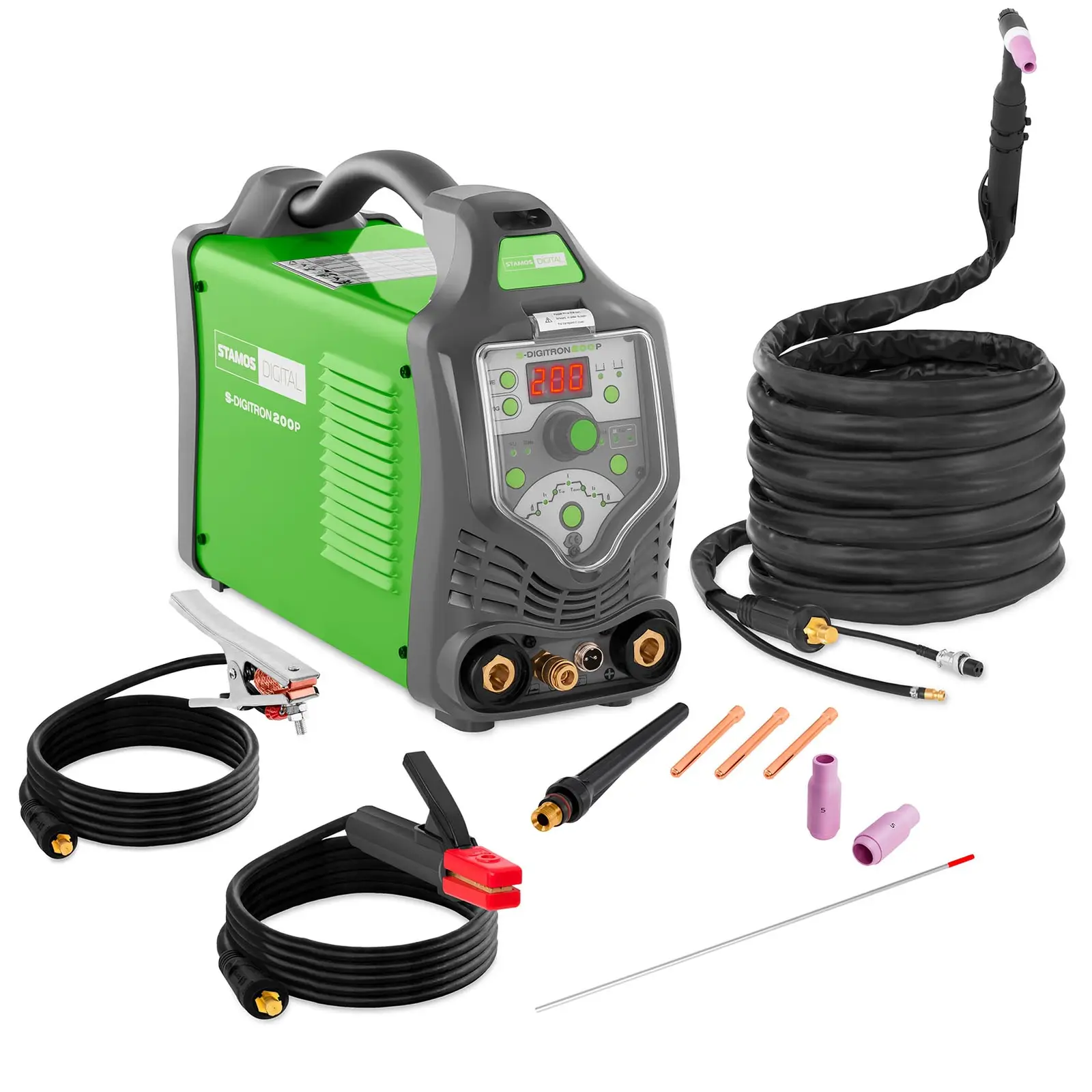
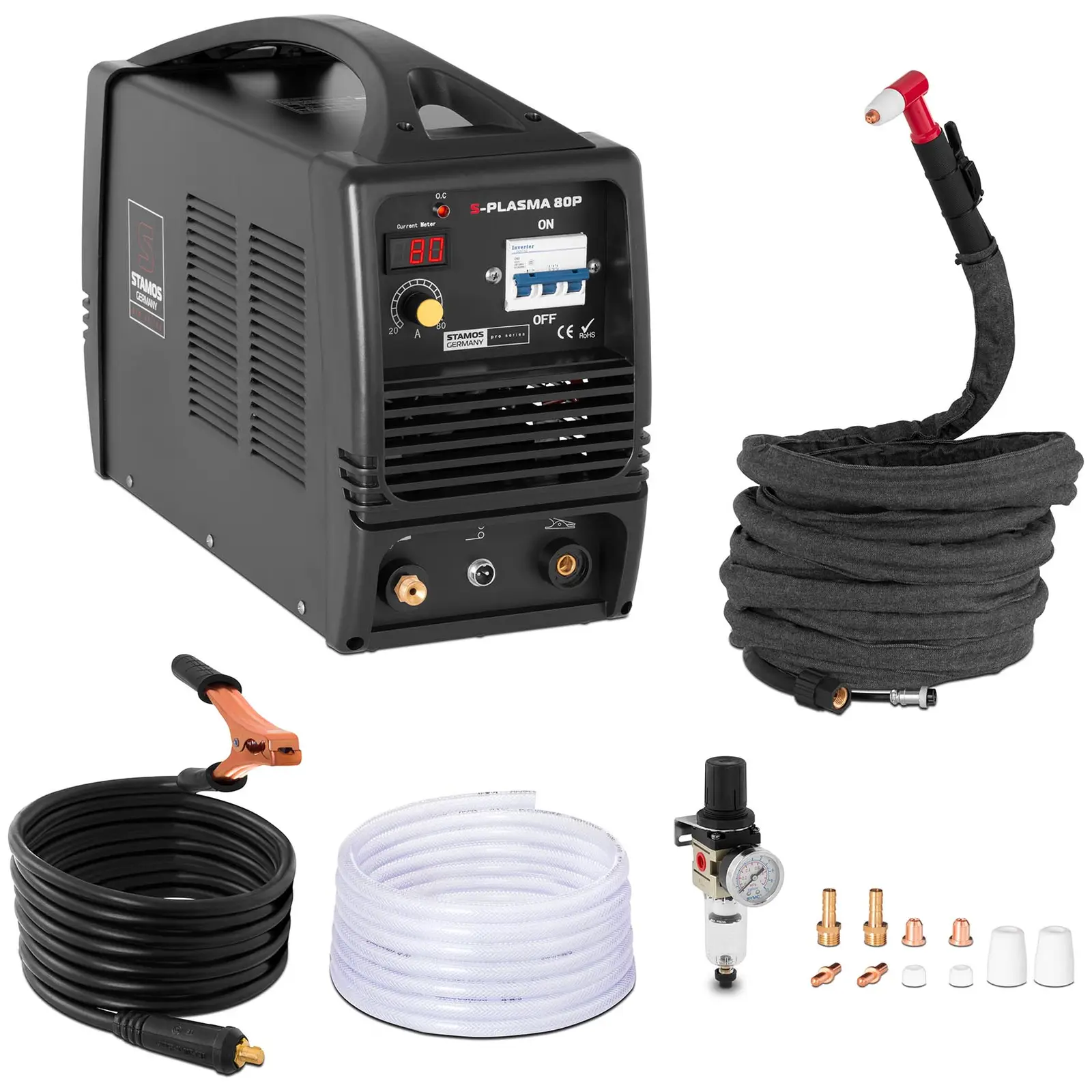
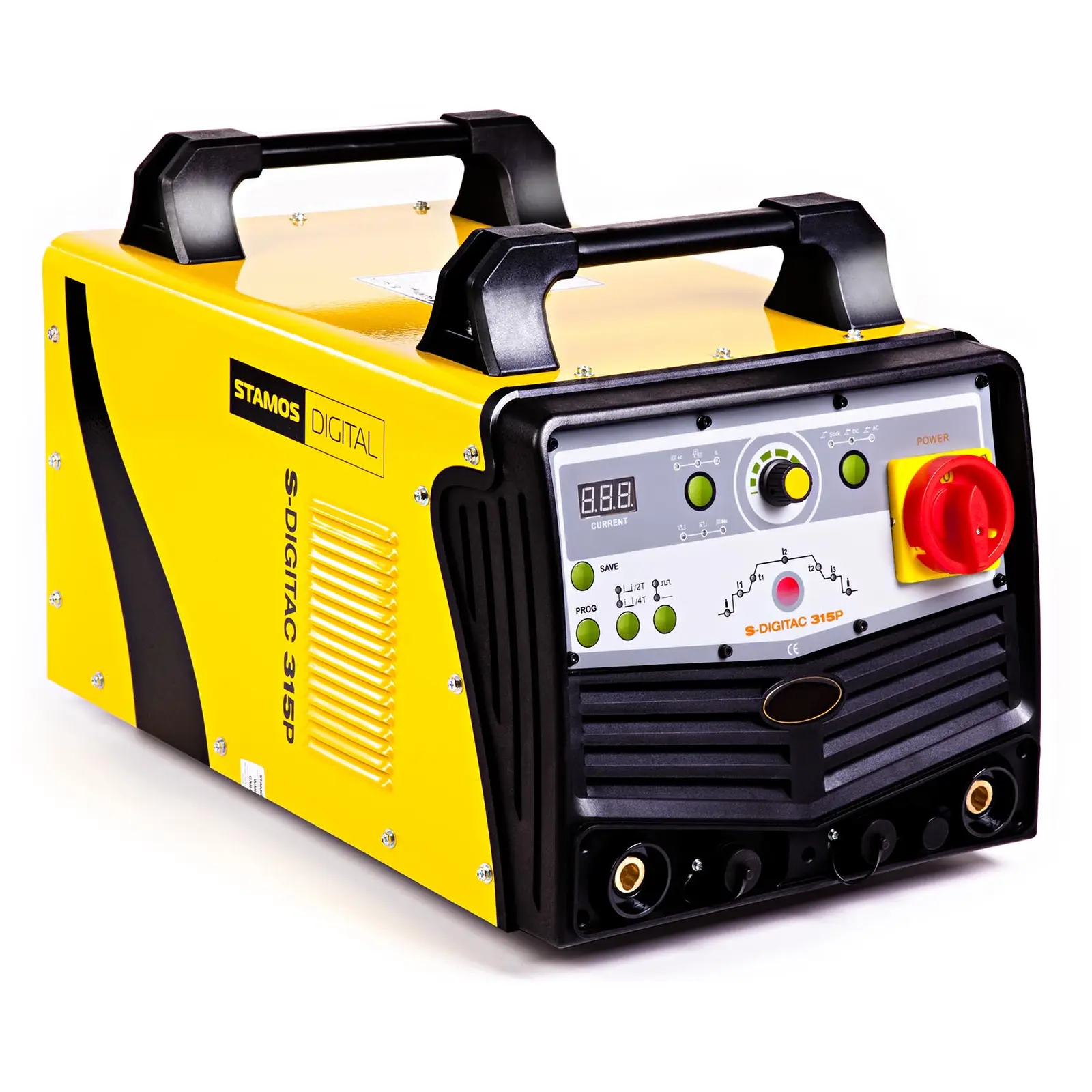

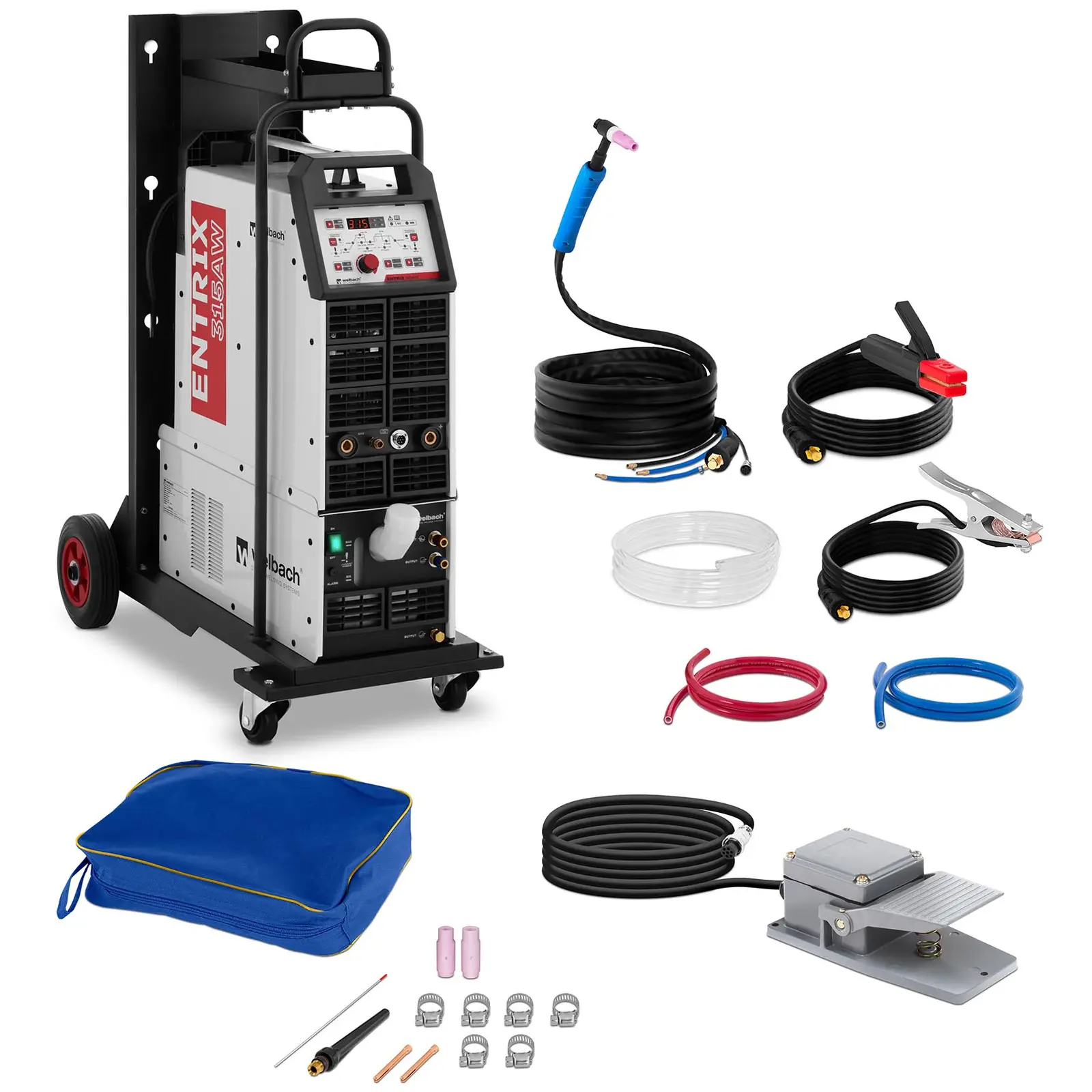
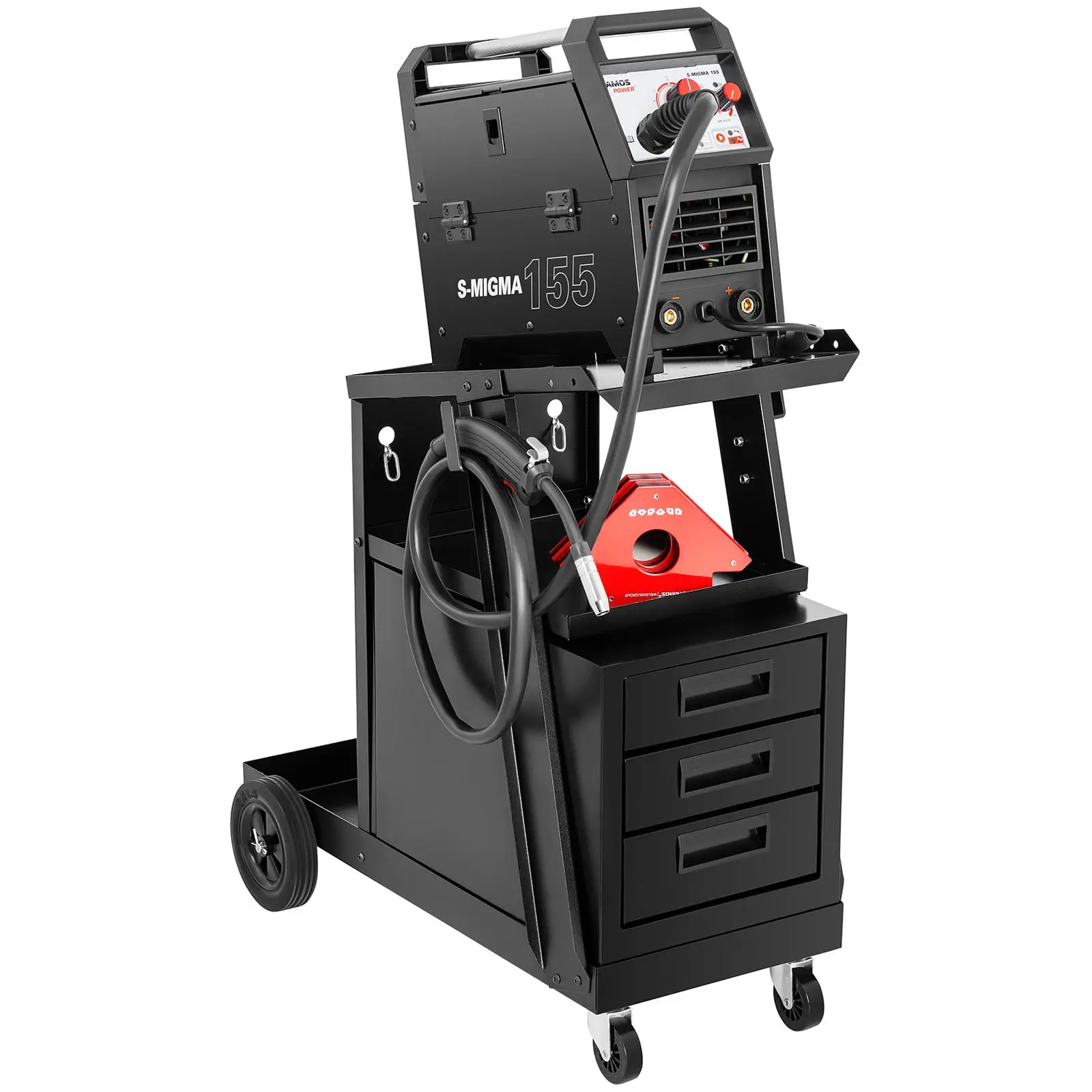


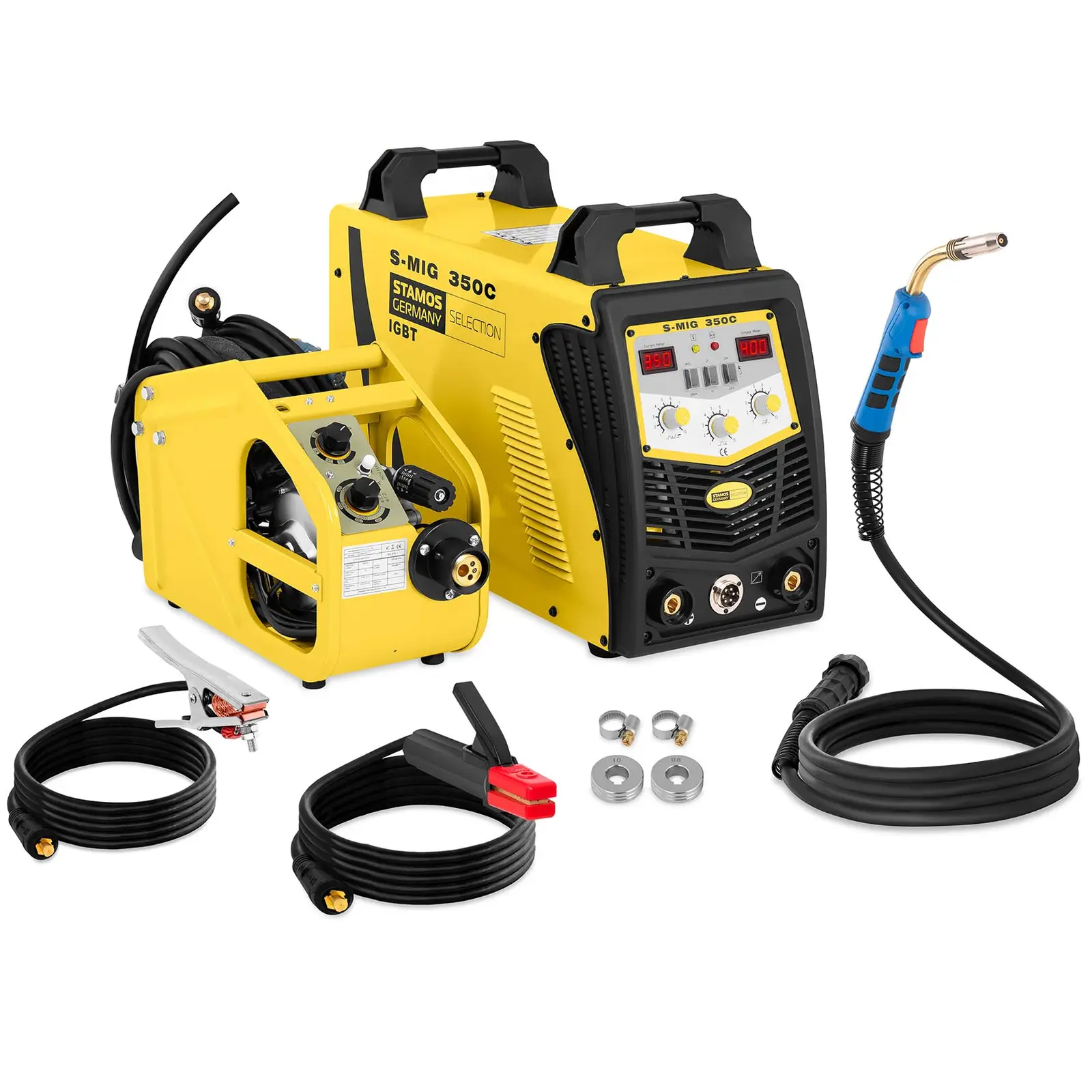
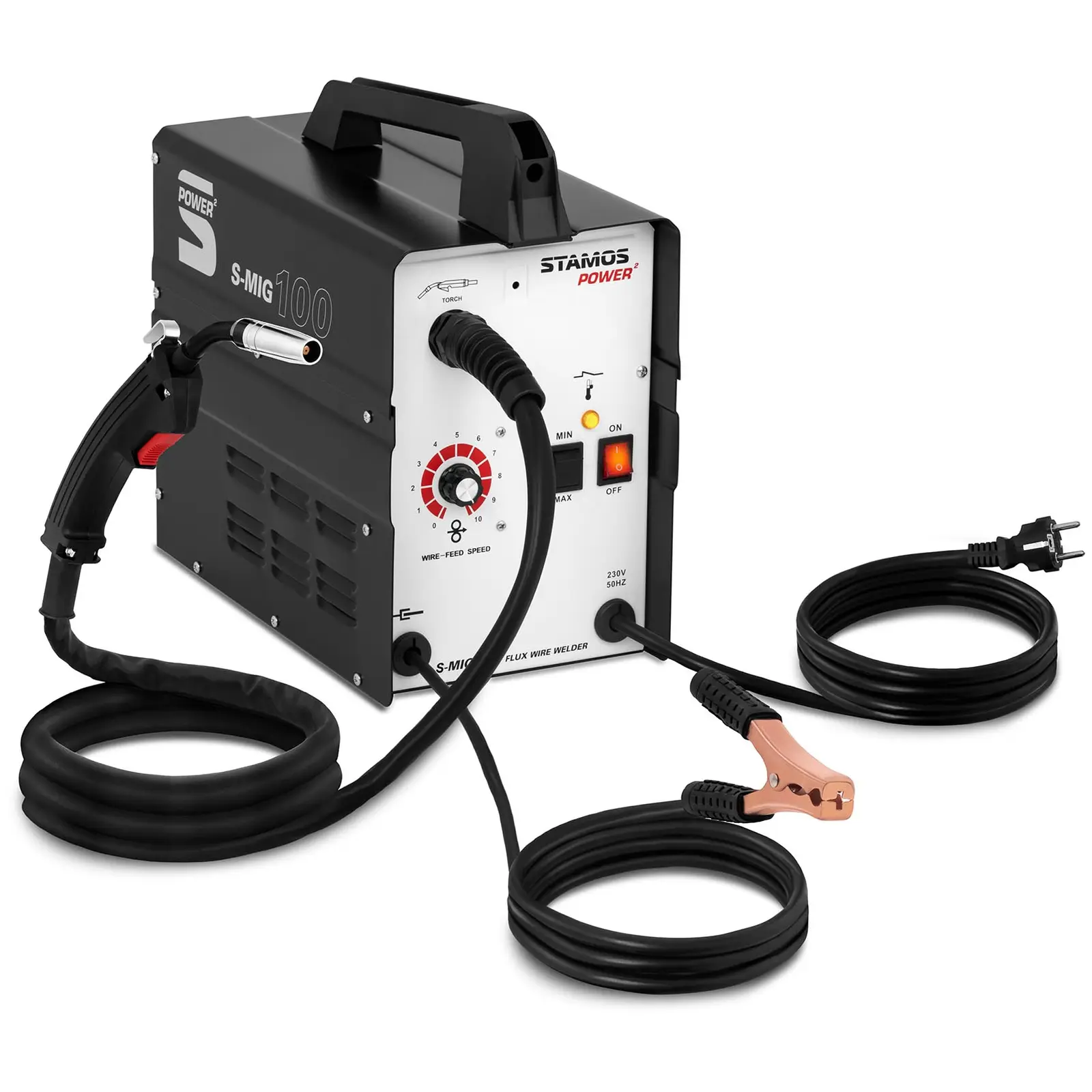




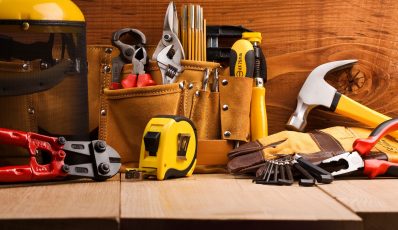
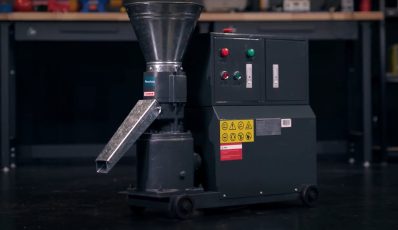

Share